Wan-Ting Shih
Lawrence
Beam Foreseeing in Millimeter-Wave Systems with Situational Awareness: Fundamental Limits via Cramér-Rao Lower Bound
Dec 22, 2023
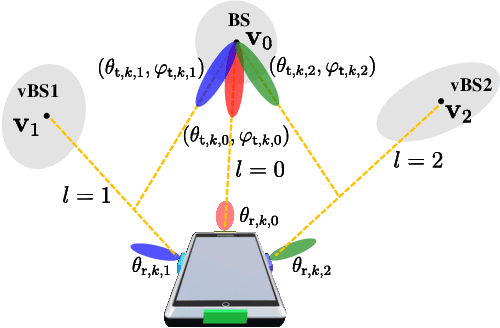
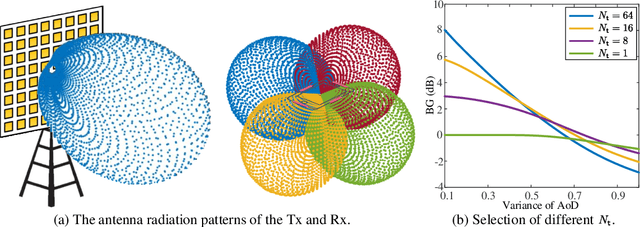
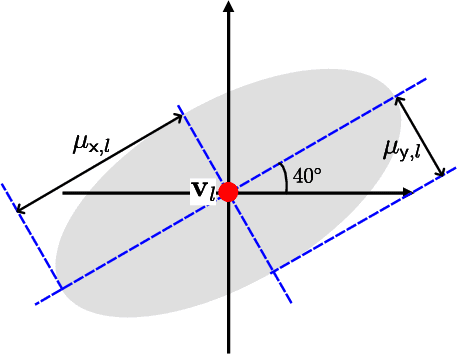
Abstract:Millimeter-wave (mmWave) networks offer the potential for high-speed data transfer and precise localization, leveraging large antenna arrays and extensive bandwidths. However, these networks are challenged by significant path loss and susceptibility to blockages. In this study, we delve into the use of situational awareness for beam prediction within the 5G NR beam management framework. We introduce an analytical framework based on the Cram\'{e}r-Rao Lower Bound, enabling the quantification of 6D position-related information of geometric reflectors. This includes both 3D locations and 3D orientation biases, facilitating accurate determinations of the beamforming gain achievable by each reflector or candidate beam. This framework empowers us to predict beam alignment performance at any given location in the environment, ensuring uninterrupted wireless access. Our analysis offers critical insights for choosing the most effective beam and antenna module strategies, particularly in scenarios where communication stability is threatened by blockages. Simulation results show that our approach closely approximates the performance of an ideal, Oracle-based solution within the existing 5G NR beam management system.
Fast Antenna and Beam Switching Method for mmWave Handsets with Hand Blockage
Mar 15, 2021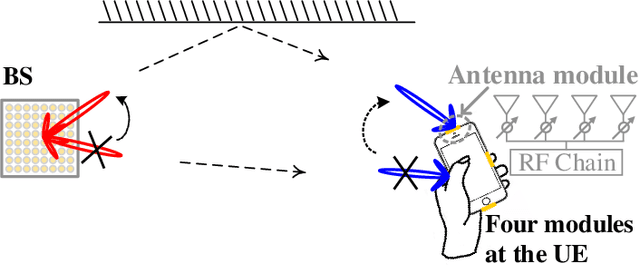
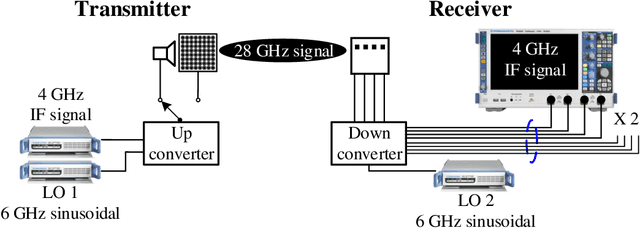
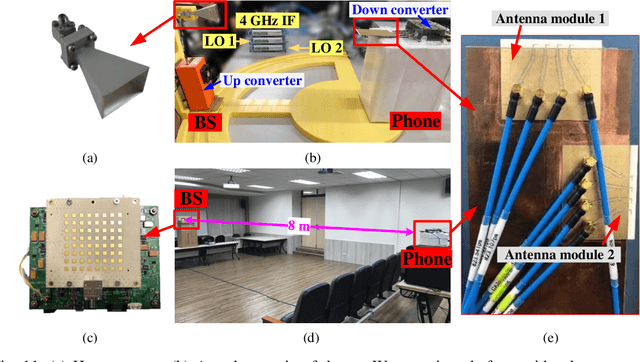
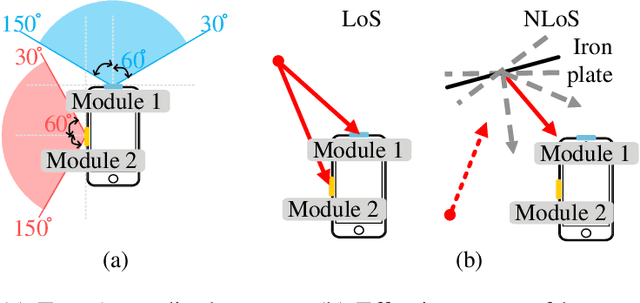
Abstract:Many operators have been bullish on the role of millimeter-wave (mmWave) communications in fifth-generation (5G) mobile broadband because of its capability of delivering extreme data speeds and capacity. However, mmWave comes with challenges related to significantly high path loss and susceptibility to blockage. Particularly, when mmWave communication is applied to a mobile terminal device, communication can be frequently broken because of rampant hand blockage. Although a number of mobile phone companies have suggested configuring multiple sets of antenna modules at different locations on a mobile phone to circumvent this problem, identifying an optimal antenna module and a beam pair by simultaneously opening multiple sets of antenna modules causes the problem of excessive power consumption and device costs. In this study, a fast antenna and beam switching method termed Fast-ABS is proposed. In this method, only one antenna module is used for the reception to predict the best beam of other antenna modules. As such, unmasked antenna modules and their corresponding beam pairs can be rapidly selected for switching to avoid the problem of poor quality or disconnection of communications caused by hand blockage. Thorough analysis and extensive simulations, which include the derivation of relevant Cram\'{e}r-Rao lower bounds, show that the performance of Fast-ABS is close to that of an oracle solution that can instantaneously identify the best beam of other antenna modules even in complex multipath scenarios. Furthermore, Fast-ABS is implemented on a software defined radio and integrated into a 5G New Radio physical layer. Over-the-air experiments reveal that Fast-ABS can achieve efficient and seamless connectivity despite hand blockage.
 Add to Chrome
Add to Chrome Add to Firefox
Add to Firefox Add to Edge
Add to Edge